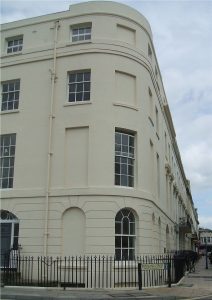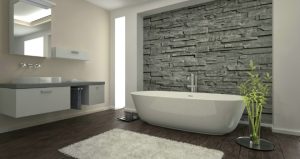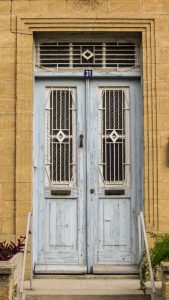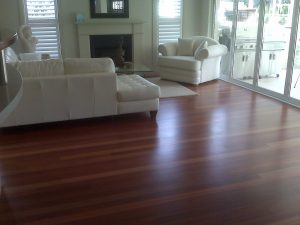
Photo source: Flickr http://bit.ly/2w1IB2K
There comes one point in every home owner’s life when a though crosses his/ her mind: I need a bigger place. Climbing up the property ladder is a natural thing to do when you have a family and the financial situation is in your favor.
The solution is either moving into a bigger apartment (considering you already own one) or switching for a house. And the decision might not be as easy to take as you might think. A spacious and well placed apartment can be almost as expensive as a house, so the financial reasons might not be enough to have a clear choice.
If this is the case, bear in mind a couple of decisive facts when choosing a new place to live:
- Try to estimate as realistic as possible the necessities for the family space. How many bedrooms? How big should the living be? How many bathrooms?
- The neighbors. You might be that type of a people person that doesn’t mind hearing neighbors through the walls or you might want some peace and quiet and more personal space. A house doesn’t guarantee sonic isolation, and you’ll still have neighbors looking over the fence, but it is clearly more isolated than an apartment.
- Gardening. Decide fast how much do you like it and to which extent. If you find overwhelming watering the cactus, you will definitely hate mowing the lawn once every… let’s say ‘week’ to make you feel comfortable.
- Future development. Do you think you’ll need a garage or some extra storage space in the years to come? Think about how flexible the surrounding space should be to meet all your needs.


 Before the reign of Queen Victoria, Canning Town had no real significance and it did not even get its name until the Victorian period. It is probably named after Charles Canning. He was a famous and popular character at the time as he had successfully managed the Indian Mutiny in his role as Viceroy of India. Once the area started to be developed, it turned into a busy industrial and commercial hub.
Before the reign of Queen Victoria, Canning Town had no real significance and it did not even get its name until the Victorian period. It is probably named after Charles Canning. He was a famous and popular character at the time as he had successfully managed the Indian Mutiny in his role as Viceroy of India. Once the area started to be developed, it turned into a busy industrial and commercial hub. The window tax was a property tax based on the number of windows in a house. It was a significant social, cultural, and architectural force in England, France, Ireland, and Scotland during the 18th and 19th centuries. To avoid the tax some houses from this period can be seen to have bricked-up window-spaces. In was introduced in England and Wales in 1696 and was over-ruled in 1851, 156 years after first being introduced. France (established 1798, over-ruled 1926) and Scotland both had window taxes for similar reasons.
The window tax was a property tax based on the number of windows in a house. It was a significant social, cultural, and architectural force in England, France, Ireland, and Scotland during the 18th and 19th centuries. To avoid the tax some houses from this period can be seen to have bricked-up window-spaces. In was introduced in England and Wales in 1696 and was over-ruled in 1851, 156 years after first being introduced. France (established 1798, over-ruled 1926) and Scotland both had window taxes for similar reasons.


